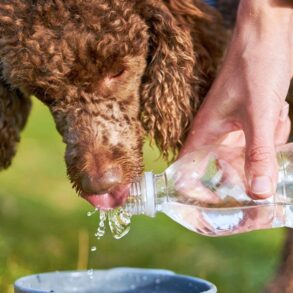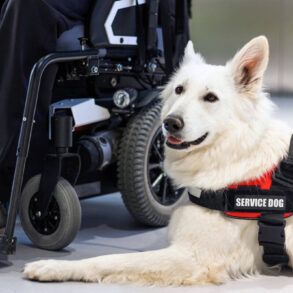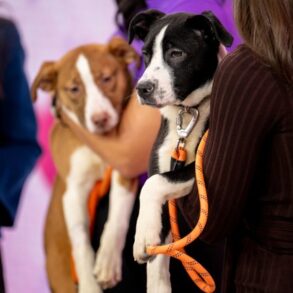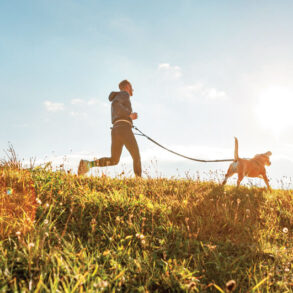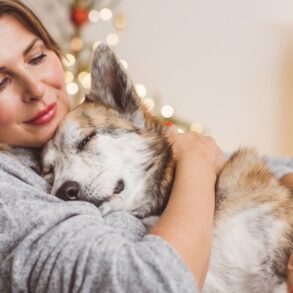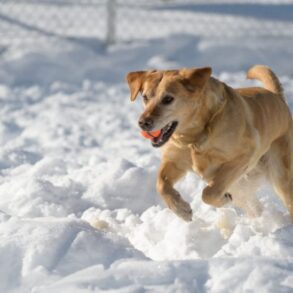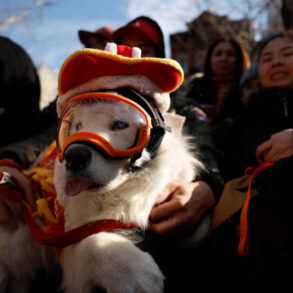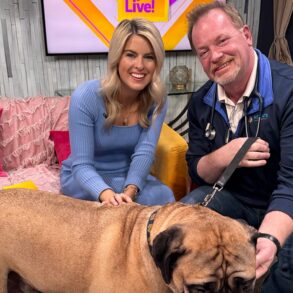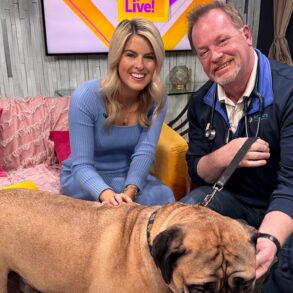
Unfortunately, sometimes dogs can experience traumatic or stressful events — just like humans.
If you have a rescue dog, this might be the case, but even if your dog has had the best parents for their whole life, with plenty of the best dog toys to play with, they might still have been hurt by another dog on a walk, for example.
When a dog repeatedly experiences a traumatic event, they may enter a state of learned helplessness. When this occurs, the dog essentially gives up, and this may have negative effects on their mental health — just as it does in humans.
But what exactly is learned helplessness, and how can you avoid it? Expert trainer Carolyn Martell, who’s the founder of Good Dog Training, has given us the lowdown in an Instagram post.
“Learned helplessness is something I see a lot in dogs,” says Martell. “I see it in dogs trained aversively as well as dogs who are generally anxious and are forced repeatedly into situations they can’t handle — people handling them, loud kids grabbing at them, forced interactions with other dogs, etc.”
She explains that dogs will give up when they think they don’t have any control over whatever the scary or traumatic thing is. And as learned helplessness can cause stress, depression, and PTSD in humans, it may well lead to the same in our canine companions.
When dogs are trained using aversive methods, they often display learned helplessness (here’s how to spot dog trainer red flags so you can avoid this). As a dog in a state of learned helplessness isn’t displaying the unwanted behavior anymore, this is often considered a success. However, the dog hasn’t learned to display good behavior — it’s simply learned to give up.
“The absence of bad behavior isn’t inherently good,” explains Martell. “Rather, dogs should optimistically and confidently choose ‘good’ behavior.”
She brings up the scenario in which someone takes their fearful dog to meet new people or dogs. The dog lets people pet them and fuss over them and is praised for good behavior, but in reality, they’re just too scared to move — they’re in a state of learned helplessness.
So, what can we do? Martell recommends giving your dog choices, as this will lead to greater confidence, and swapping out punishment and aversive training methods for positive training. You should be patient with your pup, too, and let them make mistakes. Let them be goofy and have fun, and advocate for them. As she says, “If they seem uncomfortable in a situation, get them out of it.”
Sometimes, your dog may have to enter a situation they aren’t fond of, be it a car journey, a visit to a vet, or flea treatment. These can be unavoidable, but something we do have control over as dog parents is whether we let our dogs enter potentially traumatic situations like aversive training sessions or forced interactions. If we can avoid our dogs displaying signs of learned helplessness, we’ll have much happier pups.
If your dog seems anxious or nervous and you’re not sure why, however, here are eight reasons why your dog is anxious (and how to help them).
This post was originally published on this site be sure to check out more of their content.






